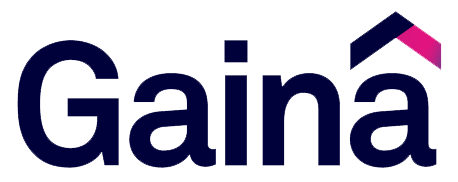There are many reasons why companies don’t seek legacy modernisation services as often as they should.
If their enterprise resource software is up and running, doing what it needs to do, many businesses see no reason to change what they’re used to. Okay, there’s the occasional inefficient workaround to a problem, but since things still get done, it’s not really a big deal. But is management missing the point? Afterall given enough time even the most unproductive tasks can be normalised.
Companies just want systems that work and problems are commonly dealt with in a reactive manner. Downing tools to work on an IT problem or taking a long-winded approach full of break-fix workarounds is not only disruptive to the workflow of the organisation, but also a major inconvenience to customers. Dealing with issues only when the pain becomes unbearable doesn’t have to be the standard way of doing things.
Investing in enterprise resource planning (ERP) software is the single most important thing a business can do to satisfy customers and gain a competitive advantage on the market. Businesses use ERP packages and ERP software modules for everything from checking stock levels to making sales. It makes sense that your systems should be the best that they can be or the best versions of themselves. There has never been a better time to update your legacy systems.
Scenario: Business Diversification
Challenge: Legacy Data Migration
When a business diversifies, often the old system simply doesn’t have the functionality to support a new direction. Within the drinks market, he variability of pricing, discounts, promotions, and consumer purchasing conspire to make it a particularly complex industry. For example, when Britvic decided to branch out into licensed products, forming a new offshoot of the company (Counterpoint), they discovered the company system didn\’t work well for wholesale thus forcing a change to their legacy systems.
While reducing the complexity of reselling and distribution is the objective of upgrading your ERP software, the first challenge is migrating data from the old ERP into the new system. When dealing with customers’ data, due diligence must be paid to ensure it is protected at all times. From an extensive list of ERP vendors, it’s important to choose wisely and strategically. A best-fit partner is one with years of experience putting new systems into companies and making sure data transfers smoothly from legacy to new systems. Preparation, checking and testing are criteria that shouldn’t be compromised in the process.
Scenario: Disparate Systems Across An Enterprise
Challenge: ERP Integration
The finance department uses one software; the warehouse uses another; sales reps use something different entirely. Finance, manufacturing, operations and reporting. All of these departments have their own software packages that work well individually, but wouldn’t it be better if the systems could talk to one another?
An ERP system that improves workflow will improve interdepartmental collaboration and ease the burden of an infrastructure reliant on paper for too many of its processes. For example, orders can be uploaded to the system from sales people and the corresponding invoice generated by finance without the need to ever set foot in someone’s office.
For companies running across many systems, merging onto one platform is a more efficient way of working. When all departments or branches are united on the same system, time will be saved maintaining only one source of data. Compiling reports and spreadsheets from a number of different systems will become quicker and easier. In addition, one larger, integrated system means various moving parts of the business are made visible across the board. If the sales team are trying to sell something without stock they can find out when is it next due or if there is stock in a different depot that could be ordered in. Regardless of location, the sale of stock is the end result, and systems without this functionality are not supporting optimal business performance.
Scenario: Demand From Customers For New Services & Features
Challenge: Outdated Versions Of Software That Can\’t Support New ERP Modules
Things are moving fast in the software development industry. Changes in consumer behaviour are driving new trends and there are improvements to software quarter-on-quarter. In the last few years iPads have emerged and Wifi has made communication possible in an instant, from anywhere. While any reputable ERP core software is secure and stable, new additional modules have materialised alongside advancing technology, including bonded warehouse and ERP apps. The need for modules that modify an ERP to allow this level of sophistication is something that will only intensify in future.
Did you miss out on last week\’s blog? Find out how you can use an ERP system to increase stakeholder engagement and improve relationships for the benefit of your drinks business! Click HERE to learn more!
Whether you’re branching out, or consolidating your systems, or are just interested in our cutting-edge add-ons, Gaina has a unique answer to all the legacy systems challenges.

